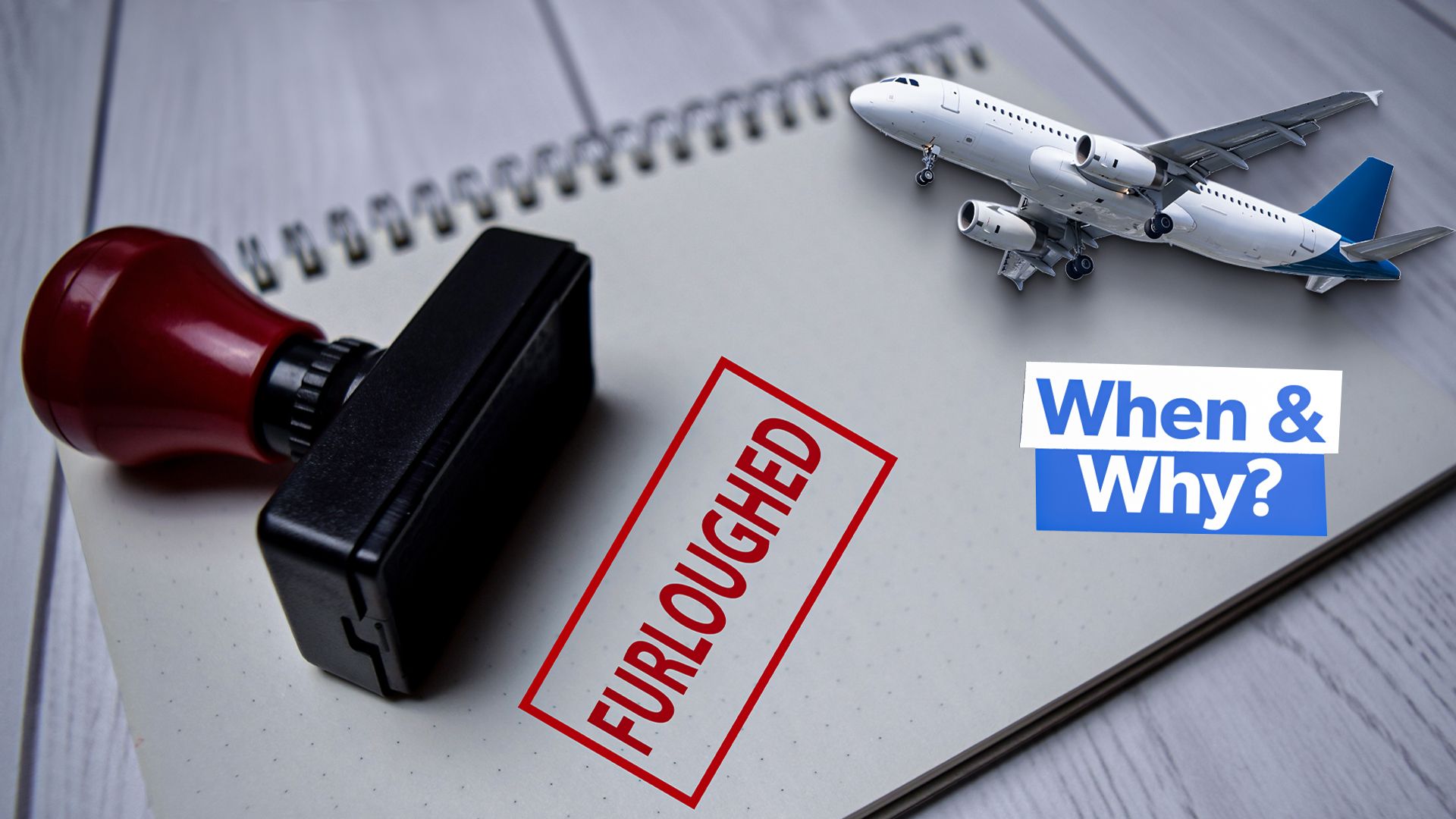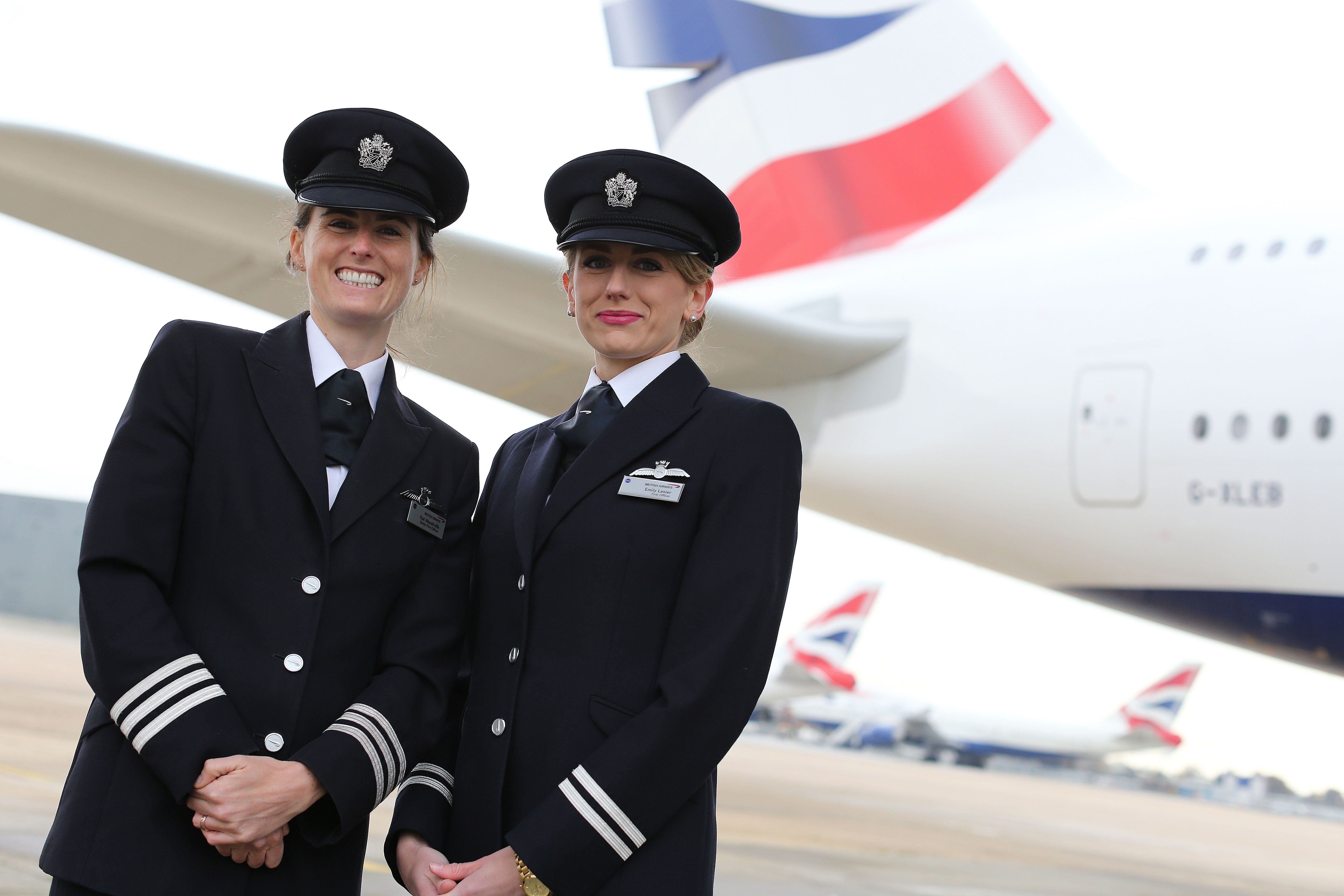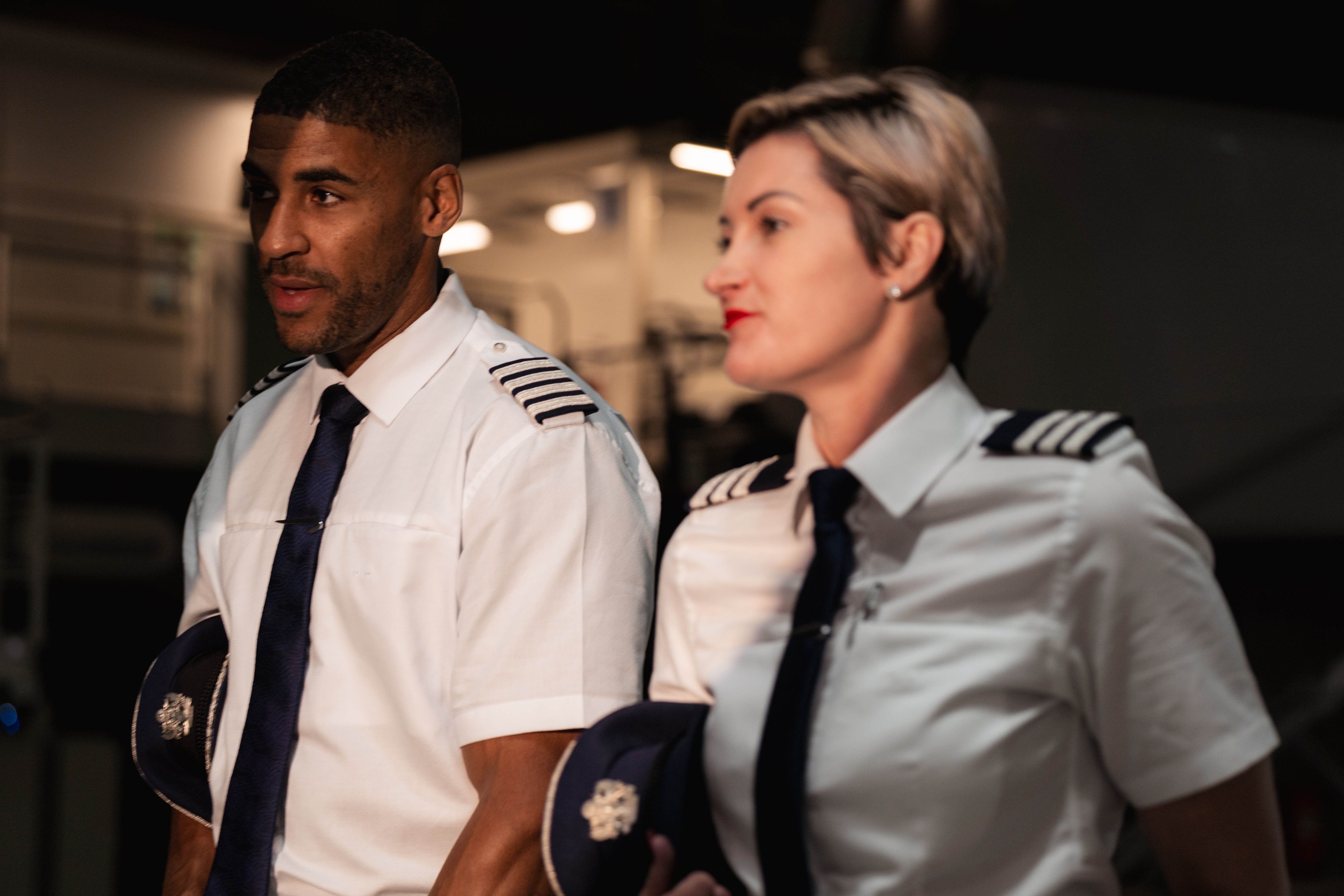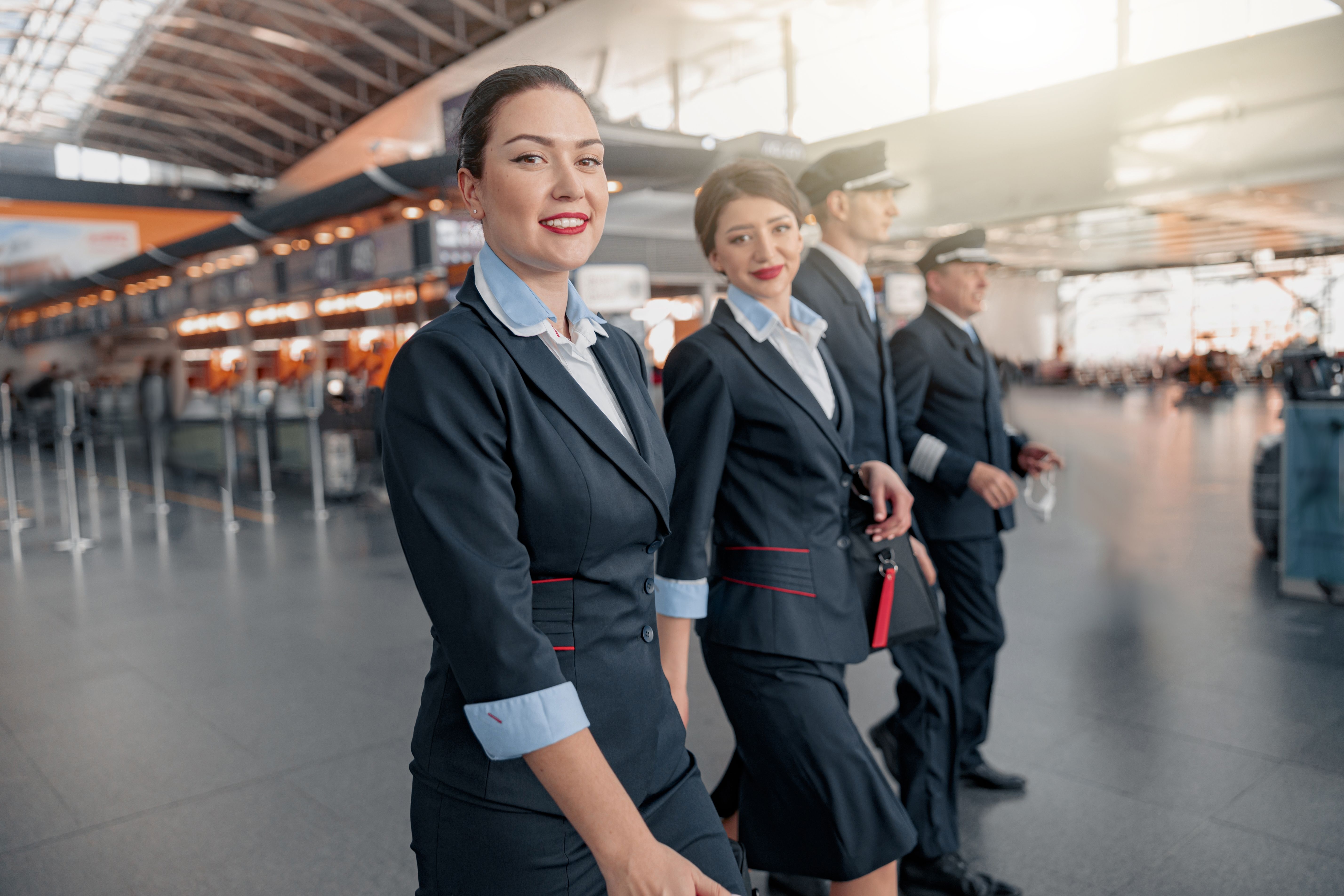Summary
- Tough times lead airlines to furlough pilots due to revenue loss or specific operational setbacks.
- Pilots have to take measures like unpaid leaves rather than facing complete job loss.
- After various internal and industry-wide factors, some airlines furlough their pilots to manage operational costs.
Last week, the US ultra-low-cost carrier (ULCC) Spirit Airlines announced that 186 pilots were furloughed. The news came after the airline announced a net loss of $193 million in the second quarter. It is common for airlines to downgrade, furlough, or let go of their workforce to manage operating costs and expenses.
Tough times in aviation call for major actions, including furloughing pilots, cabin crew, and other airline personnel. Prompt actions by airlines can result from an industry-wide impact, such as a global pandemic, or airline-specific issues, like the recent case of Spirit Airlines. Pilots are generally highly impacted by internal and external factors affecting airline operations and revenues.
The esteemed profession
Piloting is one of the most prestigious professions. The front seat of the airplane comes with unparalleled authority, responsibility, and perks. However, pilots constantly worry about being furloughed, particularly in today’s uncertain environment. The COVID-19 pandemic forced large and small airlines to furlough and permanently release hundreds of pilots.
Photo: Nick Morrish | British Airways
Despite their esteemed profession, pilots are generally the first to see the impact of reduced or disruptive airline operations. Airlines may either downgrade their pilot workforce, furlough them, or do a combination of both. In the case of Spirit Airlines, fewer pilots than initially anticipated were furloughed, while many were downgraded from their positions.
According to the Chairman of the Master Executive Council (MEC), Ryan Muller,
“No doubt the last couple of years have been challenging for Spirit pilots, but through it all we’ve been buoyed by our pilot group’s solidarity, unity, and commitment to supporting one another. Pilots accepting voluntary leaves, in addition to attrition, have greatly reduced the initial furlough and involuntary downgrade projections. In addition, a significant number of those being furloughed chose voluntary furlough, protecting a more junior pilot’s career. These selfless actions exemplify the very best of our union spirit.”
Photo: British Airways
There is no specific duration for furloughed pilots. While the airlines aim to reinstate its pilots as soon as they comfortably can, it can be months or years until the airline situation changes. During the global pandemic, it took some airlines over two years to recall their furloughed pilots and other personnel, most of whom by then, had moved on to other positions or careers.
Situations when pilots get furloughed
- Airlines have difficulty meeting payrolls due to cuts in revenues and profits.
- Airlines face unplanned delays to specific operations, for example, due to delays in aircraft deliveries.
- Airlines are faced with unexpected industry-wide events, such as a global pandemic, fuel shortage, etc.
- Grounding of types of aircraft, such as the industry-wide grounding of the Boeing 737 MAX in 2019.
While the pandemic-related disruption was an extreme case, it is not uncommon for airlines to furlough their pilots due to revenue loss, disruption in new aircraft deliveries, or other factors. In April, United Airlines sent some of its pilots on unpaid leave when Boeing planes weren’t delivered on time.
Photo: Stuart Bailey | British Airways
Inc. reported that United Airlines was awaiting Boeing planes that were met with long delays, and didn’t need as many pilots. As such, it was smarter to furlough some instead of terminating them. Like any other professional worker, pilots do not like to take unpaid leave, but it is better to take a week or two unpaid than to lose their job altogether.
The US Department of Labor (DOL) requires that furloughed workers do not work during the week. They must be paid for the whole week if they do any work. According to the DOL,
“An employer must pay an exempt employee the full predetermined salary amount “free and clear” for any week in which the employee performs any work without regard to the number of days or hours worked. However, there is no requirement that the predetermined salary be paid if the employee performs no work for an entire workweek.”
Photo: Friends Stock | Shutterstock
While furlough is not the desired option for personnel, it is somewhat better than a complete termination. Some pilots may wait out their furlough time; others take on different jobs to keep the lights on. Pilots may be forced to take on non-aviation-related jobs depending on the specific situation.
How furloughs benefit employers
- Reducing costs: Employers reduce their operating costs by putting some employees on furlough.
- No cost of rehiring: When furloughed employees are called back, there is little or no cost of re-hiring or training.
- Continued access to skilled workforce: Since employees are not terminated, the skilled workforce is retained.





